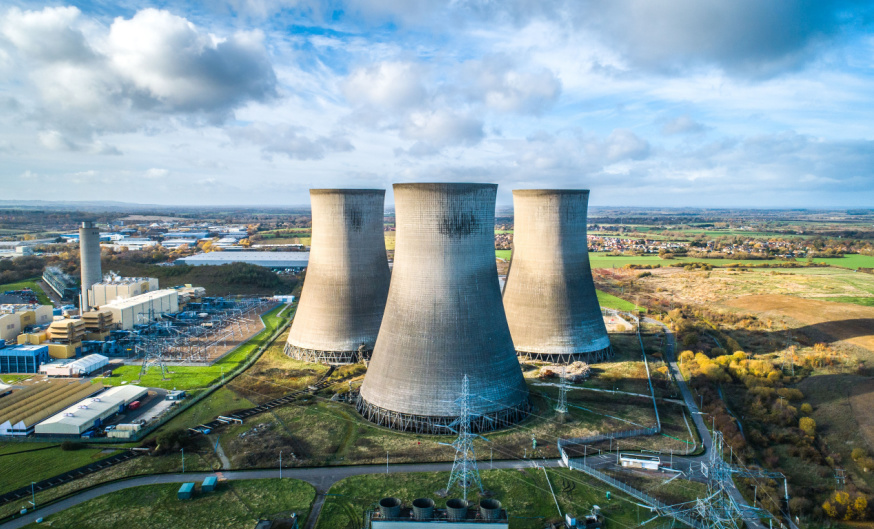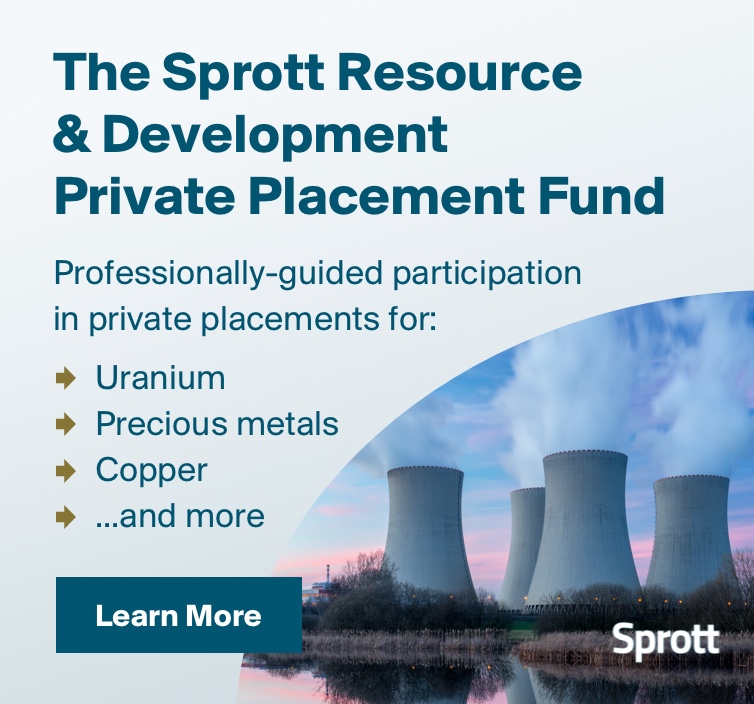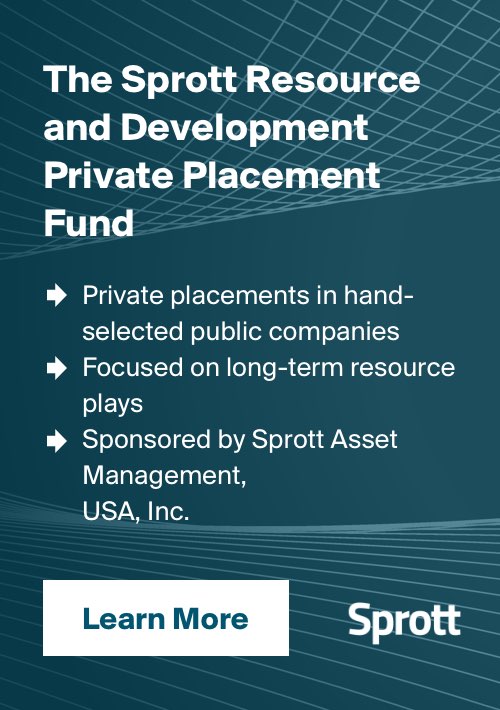
Back in May we wondered aloud why uranium prices were lagging behind the macro story for the metal, and predicted a supply shortfall that could boost prices in the future.
Now, it seems that thesis—alongside a host of other macro factors—is finally bearing fruit.
Here, we'll dive into three key details about the new uranium boom, and dig into what we think could be next for the "other" yellow metal.
Spot prices are higher than they've been since 2011
At the time of writing at the end of October, the bid price for spot uranium is at US$71.58 per pound. We haven't seen such prices for uranium since 12 years back, just prior to the Fukushima disaster.
Big uranium ETFs have followed this trend. Since the start of 2023:
The spot price of uranium has jumped 50.13%1
Sprott Junior Uranium Miners ETF (NASDAQ: URNJ) is up 7.67%2
Global X Uranium ETF (NYSEARCA: URA) is up 28.07%2
Sprott Uranium Miners ETF (NYSEARCA: URNM) is up 40.33%2
But what's causing the traction for uranium? It seems to be a simple supply and demand story., combined with a shift in how governments are seeing nuclear power.
Sponsored by: The Sprott RED LP
The global attitude on uranium is taking a U-turn
In 2022, Finland's Green Party, a longtime opponent of nuclear power, shifted its stance, categorizing nuclear power instead as an important form of sustainable energy. This sparked a similar turn across the globe: in Spain, Belgium, Sweden, and others, the politics around once-loathed nuclear are flipping.
This is clearly good news for miners and uranium investors, as it will require significant government say-so for the nuclear metal to continue its run.
The supply shortage for uranium may just be getting started
Jonathan Finze, writing for The Economist, describes our current scenario: Russia's invasion of Ukraine in 2022 sparked panic buying of uranium. Ukraine signed an uncommonly long 12-year deal with Canada, while European utilities drew on as much uranium as they could through other contracts. Places that relied on Russian-made reactors, most in Eastern Europe or Finland, needed to quickly hunt down an American rival that could bundle uranium rods into rods that would work with these Russian-style reactors.3
They succeeded—but now all these utilities need to find the metal necessary to keep reactors running.
Their efforts are proving difficult. The two largest producers—Kazatomprom and Cameco—are, right now, sold out until 20273. Orano, another dominant producer, is "reorganizing" work at its Niger mines amid a debilitating coup in the country4. The shortage of uranium is even more pronounced in western-aligned countries5.
Place this against a backdrop in which global uranium consumption is up 18% from 2017, and set to outpace supply over the coming years, and it's easy to see why uranium bulls are getting excited6.
Of course, there are potential headwinds on the horizon. Many nuclear power plants in the U.S. and Europe are over 30 years old, spurring safety concerns from engineers. And, the cost of building new plants has climbed massively over the past several years, including small-scale plants. And many governments already have commitments to expand their renewable energy capacity, meaning that some could opt for those projects over nuclear, being able to bring them online faster and at a fraction of the cost.
Still, it's an exciting time to be a uranium investor. We'll certainly be tracking the market as it shifts; things are happening fast, and we aim to keep you informed.
Sources:
1 Markets BPI
2 Google Finance
3 The Economist, link
4 World Nuclear News, link
5 Wall Street Journal, link
6 Retuers, link.
Full Disclosure: This article is sponsored by Sprott Inc., a paid sponsor of PrivatePlacements.com.
Disclaimer: The service and the contents are provided by the sender and other information providers on an "as is" basis. The sender and any and all other information providers expressly disclaim any and all warranties, express or implied any information herein or on PrivatePlacements.com. PrivatePlacements.com and its and its owner and its owner's directors, employees, consultants, contractors, agents, and the like ("Representatives"), do not give any tax or investment advice; and do not advocate the purchase or sale of any security or investment. Contents are intended as general information. None of the contents constitutes an: (1) offer to sell or the solicitation of an offer to buy by Blender Media and/or its representatives any security or other investment; (2) offer by PrivatePlacements.com or its owner and/or their representatives to provide investment services of any kind; and/or (3) invitation, inducement, or encouragement by Blender Media and/or its representatives to any person to make any kind of investment decision. You should not rely on the content for investment or trading purposes. Securities or other investments referred to in any of the contents may not be suitable for you, and you should not make any kind of investment decision in relation to them without first obtaining independent investment advice from a person authorised to give it. All communications by PrivatePlacements.com are subject to its terms of use and disclaimer, which can be viewed here and here.







